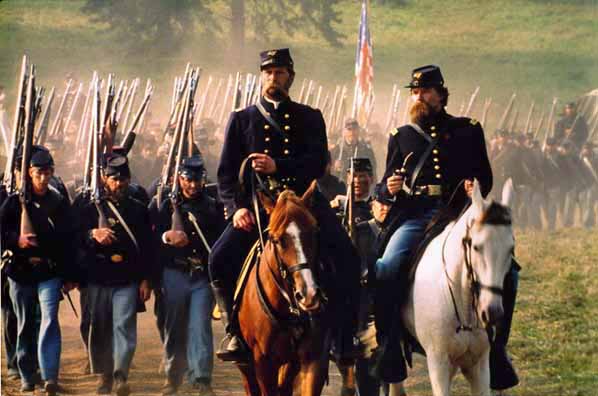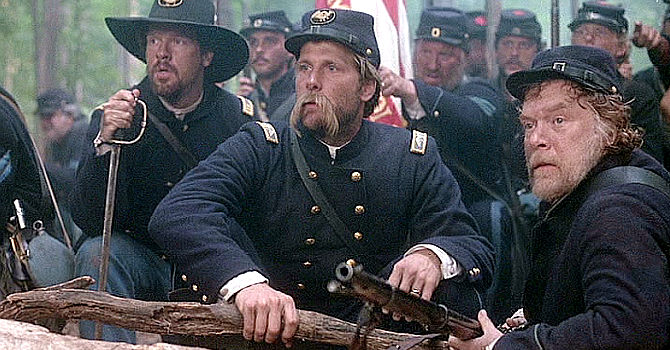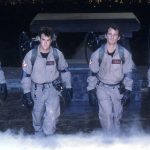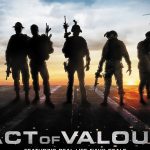Gettysburg 1993

“Gettysburg,” directed by Ronald F. Maxwell and released in 1993, stands as a monumental epic that vividly brings to life one of the most pivotal battles in American history. Based on the novel “The Killer Angels” by Michael Shaara, the film unfolds over three hours, meticulously recounting the events of the Battle of Gettysburg during the American Civil War. With its sweeping cinematography, immersive battle sequences, and rich character portrayals, “Gettysburg” not only honors the sacrifices made on both sides of the conflict but also explores the complexities of leadership, courage, and the human spirit amidst the chaos of war.

The film’s narrative begins in June 1863, as Confederate General Robert E. Lee, played with commanding presence by Martin Sheen, leads his army into Pennsylvania, hoping to secure a decisive victory on Northern soil. Opposing him is Union General George Meade, portrayed by Richard Jordan, who must rally his troops to defend the strategic town of Gettysburg. As the armies converge and battle lines are drawn, the film follows key figures on both sides, including Union Colonel Joshua Lawrence Chamberlain, played by Jeff Daniels, and Confederate General James Longstreet, portrayed by Tom Berenger.

Central to “Gettysburg” is its exploration of the human toll of war and the moral dilemmas faced by its characters on and off the battlefield. Colonel Chamberlain’s transformation from a principled academic to a battlefield leader highlights themes of duty, sacrifice, and the bonds forged in the crucible of war. His defense of Little Round Top becomes a defining moment of courage and determination, showcasing the resilience and resolve of ordinary men called upon to make extraordinary choices in the heat of battle.
Thematically, “Gettysburg” delves into the complexities of leadership and the weight of responsibility borne by commanders on both sides of the conflict. General Lee grapples with the consequences of his strategic decisions and the toll of war on his men, while General Longstreet wrestles with his doubts about the efficacy of Confederate tactics and the human cost of continued fighting. The film’s screenplay, adapted by Ronald F. Maxwell, captures the internal struggles and conflicting emotions of its characters, presenting a nuanced portrayal of military leadership amidst the chaos and uncertainty of battle.

Visually, “Gettysburg” dazzles with its expansive cinematography and painstaking attention to historical detail. Ronald F. Maxwell’s direction ensures that each battle sequence is a visceral and immersive experience, from the thunderous cannonades and cavalry charges to the intimate moments of camaraderie and conflict among soldiers. The film’s recreation of the Gettysburg battlefield, filmed on location in Pennsylvania, evokes a sense of authenticity and reverence for the historical events that shaped the course of American history.

In conclusion, “Gettysburg” (1993) stands as a monumental achievement in historical filmmaking, celebrated for its epic scale, meticulous attention to detail, and powerful performances. Ronald F. Maxwell’s direction, coupled with a stellar ensemble cast and a screenplay rich in historical accuracy and emotional depth, elevates the film beyond mere spectacle to a profound exploration of courage, sacrifice, and the enduring legacy of the American Civil War. By honoring the bravery and humanity of those who fought at Gettysburg, “Gettysburg” remains a timeless testament to the resilience and valor of individuals caught in the tumultuous currents of history.











